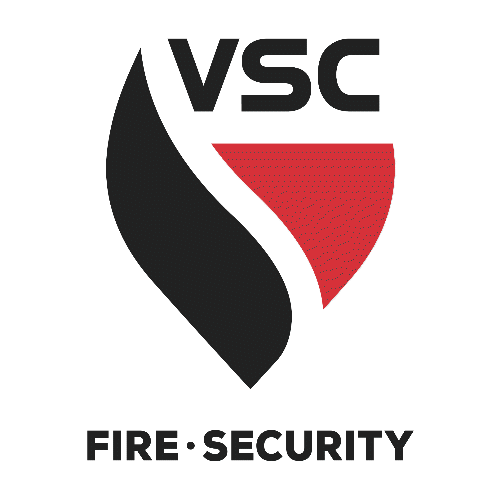September Week 1-Housekeeping on the JOB
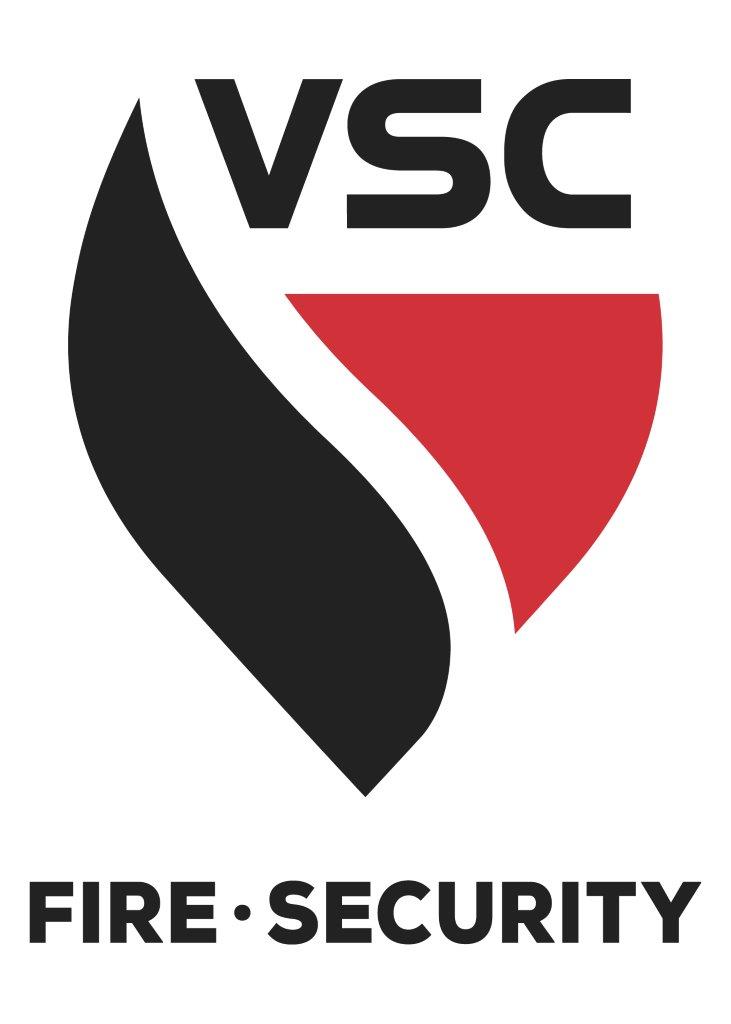
One of the main causes of workplace injuries is poor housekeeping practices. What do we mean by housekeeping?
Workplace housekeeping includes activities that create or maintain a clean, tidy, orderly, safe workplace. When we keep the workplace and worksites free of clutter and clean, we can massively reduce the risk of accidents occurring. A clean and tidy workplace sets a good standard for the company as it shows you care about the small things and are, therefore, more likely to care about the bigger things when it comes to health and safety.
Clutter
Clutter includes objects like equipment and tools left around lying on the floor, stairs, platforms, and other work surfaces. When this happens, staff can easily trip over, bump into things, and get hurt in other ways.
How to minimize the risk
- Never leave tools, equipment, and material laying around—especially not left unattended on floors, stairs, and other platforms.
- Only have the tools and equipment you need with you onsite.
- Only order and bring on site the materials you need.
- Use racks to better store equipment and materials.
- Make sure you stack and store equipment and other materials away from walkways and emergency exits.
- When equipment and materials are not in use, store them away safely to reduce tripping hazards.
Waste
Rubbish that accumulates in and around the worksite can become a hazard to staff. Often, waste is sharp, hard to handle, and may have things like nails sticking out of it.
How to minimize the risk
- The worksite should have designated rubbish areas. Make sure you put all waste in these areas.
- Make sure you bag and tie up lightweight waste like paper, so it doesn’t blow around the worksite.
- Don’t overload skips and rubbish bins.
- Always try to reduce the size of rubbish. For example, breaking down boxes.
- Make sure waste bins and skips are kept away from the public (especially toxic waste). Waste areas should be clearly signposted.
- Always be aware of flammable waste when working—especially with tools.
Wet Surfaces
When surfaces like floors are wet, accidents are more likely to occur as people are more likely to slip over. This isn’t only caused by spilling liquids and not cleaning them up. It can also occur when the weather turns bad.
How to minimize the risk
- Wear the appropriate footwear when on-site to avoid slipping over.
- When you spill something, clean it up or if necessary, arrange for someone else to.
- Inform your co-workers or members of the public (if applicable) of the hazard.
- When working outside, be aware of bad weather causing slip hazards such as muddy areas and wet floors.
Bad Lighting
If lighting isn’t good on a worksite, it can become a hazard as hazards are hard to see.
How to minimize the risk
- Ensure that your worksite is well lit. If not, don’t work until it is.
- If appropriate, wear PPE if the risk is not fully minimized.
- If possible, use natural daylight where practical.
September Week 2- Hazard Communication
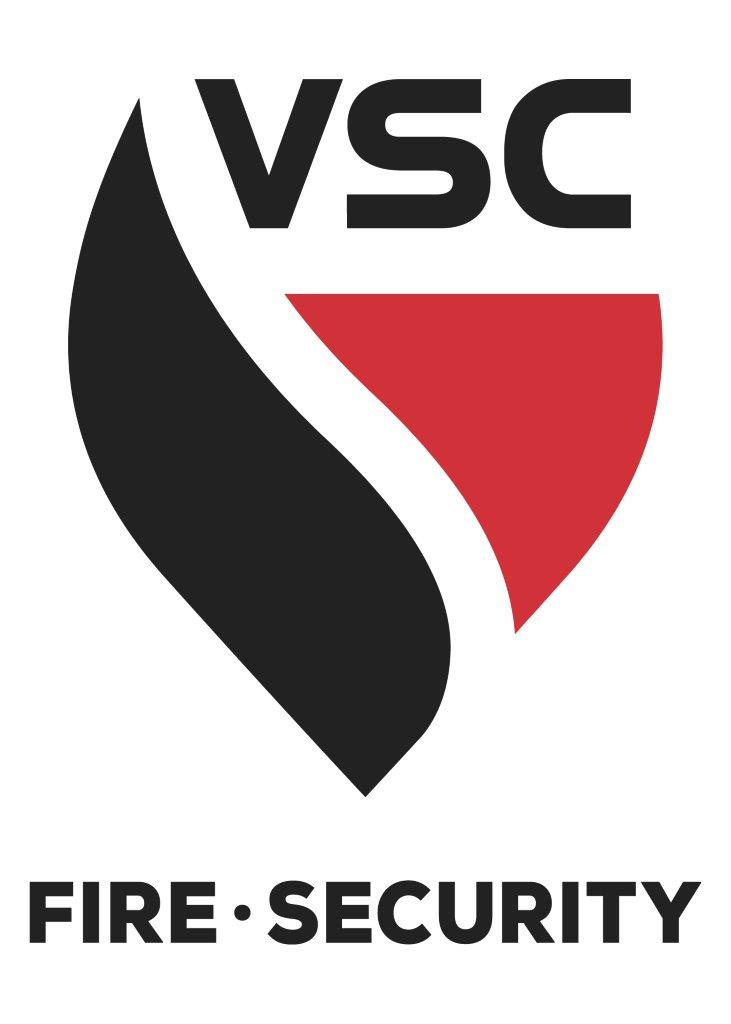
Hazard Communication , also referred to as “HAZCOM” and “The Employee Right to Know Act” was developed to ensure that employers provide employees with important safety information for chemicals used in their workplace. Hazard Communication requirements are aimed at reducing the risk of chemical-related occupational illnesses and injuries by making available specific information to help identify and evaluate hazardous chemicals in the workplace.
Tools such as Container Labeling and Safety Data Sheets (SDS) assist employers in identifying and communicating these hazards. SDS: An SDS is a fact sheet developed by the manufacturer that contains information on all of the hazards associated with a particular chemical. It also provides guidance on how to protect your self from these hazards and emergency information/procedures in the event of an accident. You may obtain an SDS from the manufacturer or on-line at the EHS website. Personnel must be trained to be able to read an SDS and understand the hazards presented by various substances.
Container Label: Every container is required to have a label that lists all of the hazard information for the chemical it contains. If you use a generic container, such as a spray bottle, you must label it with all of the required information (see below).
Know where your work area’s SDS binder is located or how to access online information. VSC chemicals can be found on your truck and the safety webpage on the SDS section. Remember, an SDS must be available for every chemical used in the workplace.
Items found on the SDS Sheet
- Identification and Manufacturer’s Information
- Hazard Identification Composition
- Chemical Ingredients
- First Aid Fire Fighting Measures
- Accidental Release Measures Handling and Storage
- Exposure Control Personal Protection Physical
- Chemical Properties Stability
- Reactivity Toxicological, Ecological Information, Disposal
- Transportation Information
Items required On Labels
- Identity of the Hazardous Chemical
- Appropriate Hazard Warnings
- Chemical Manufacturers Information
- First Aid Information
- Chemical Ingredients
Pictograms See below
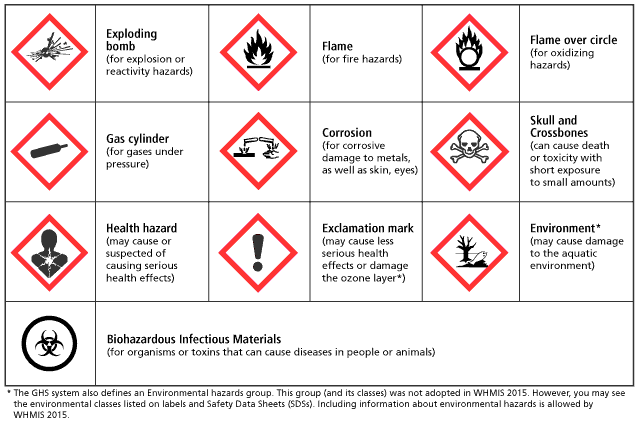
September Week 3- Working with Electricity
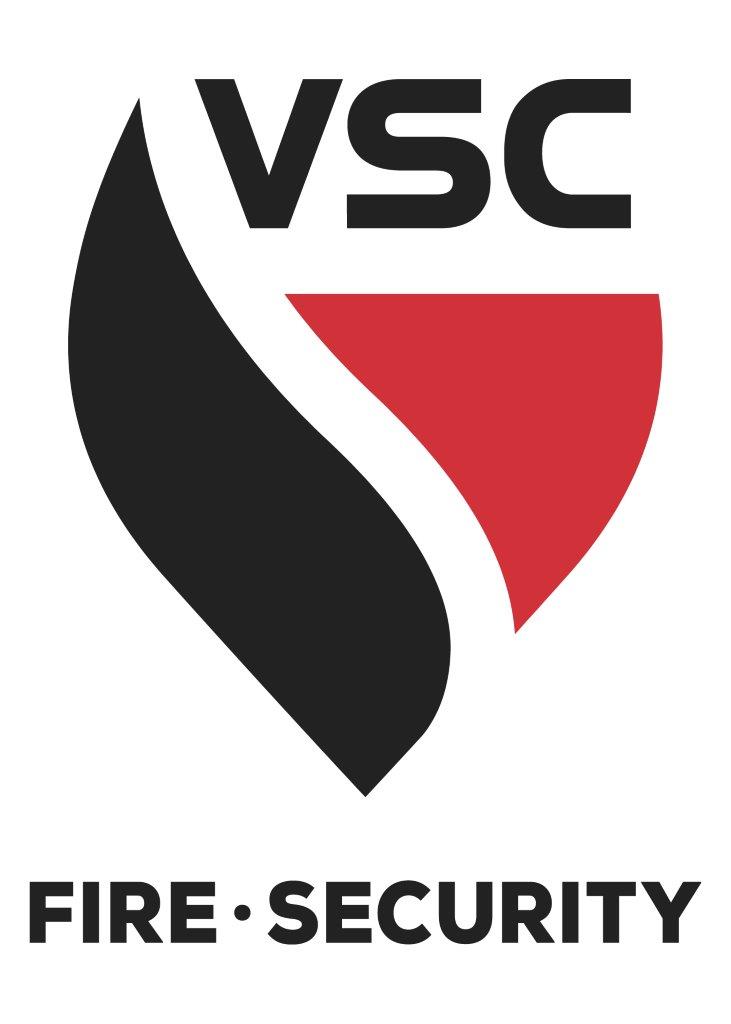

Electricity is a invisible and dangerous force to be around. Each year hundreds are killed and even hurt, wither by direct or indirect contact made from items simple as a generator, electrical cords or even a power tools.
Lets take a look at some ways to protect yourself from becoming the next victim;
- Assume overhead power lines are energized.
- Know what the recommended distances are in your jurisdiction. It varies from region to region, so contact your local utility provider and find out how far away they require you to be from the power lines.
- Wither you’re cleaning windows, pruning trees, or operating mobile equipment, before starting any work, look up and locate the power lines—especially when working around trees where power lines may not be clearly visible.
- Post warning signs about the power lines in the work area.
- Designate a signaler who will watch to make sure you stay a safe distance away from the power lines.
- Check the height of your vehicle’s load and make sure there is adequate clearance.
- Keep ladders, scaffolds, pipes, and other tools and materials at least three meters (10 feet) away from lines.
- Be mindful that sometimes conditions affect your ability to determine distance, such as looking at something peripherally or without a contrast. When it comes to power lines, err on the side of caution.
- When working in the vicinity of power lines, choose non-conductive wood or fiberglass ladders. Aluminum ladders and extensions will act as conductors of electricity if they contact overhead power lines.
- Carry all ladders horizontally, not vertically, and be careful when placing them.
September Week 4- Common Sense
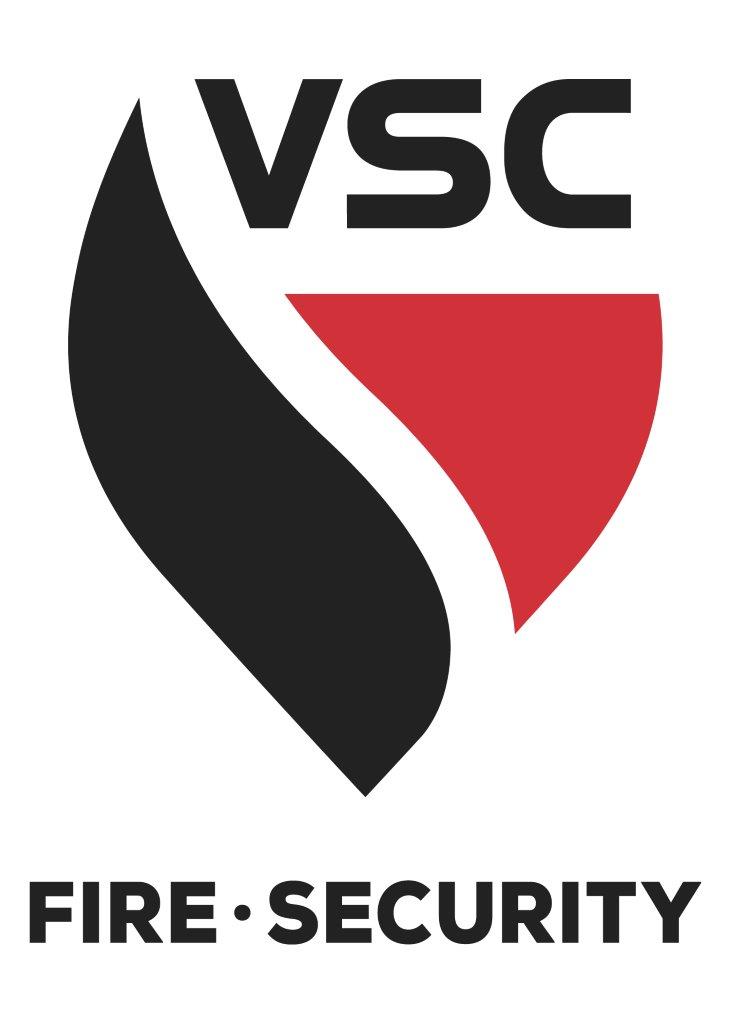

Most accidents are caused by the failure to use common sense. Taking that extra second to think about what you are doing and looking out for one another can be the difference in getting seriously hurt or going home as planned. Most of all accidents happen from some of these items listed below.
Here are some common sense safety rules:
- Treat safety as an important part of your job
- Keep your full attention on what you are doing
- Know and follow the company safety rules
- Use the required protective equipment
- Remind your coworkers about safety procedures and equipment
- Pay attention during safety training programs and meetings
- Know what to do in case of an emergency
- Ask questions when you don’t understand
- Don’t fool around or show off on the job
- Don’t let anger; frustration or personal problems interfere with your work
- Don’t ignore a safety hazard
- Don’t become overconfident with jobs you’ve done many times
- Don’t use equipment in ways they were not intended
- Don’t get pressured by others into ignoring safety procedures
- Don’t take shortcuts on the job
- Don’t assume safety is someone else’s job
REMEMBER YOU ARE IN CONTROL OF YOUR ACTIONS!!!
